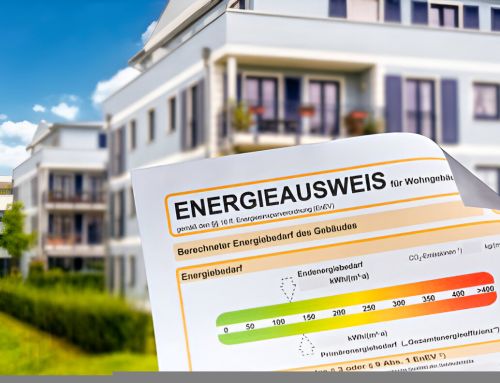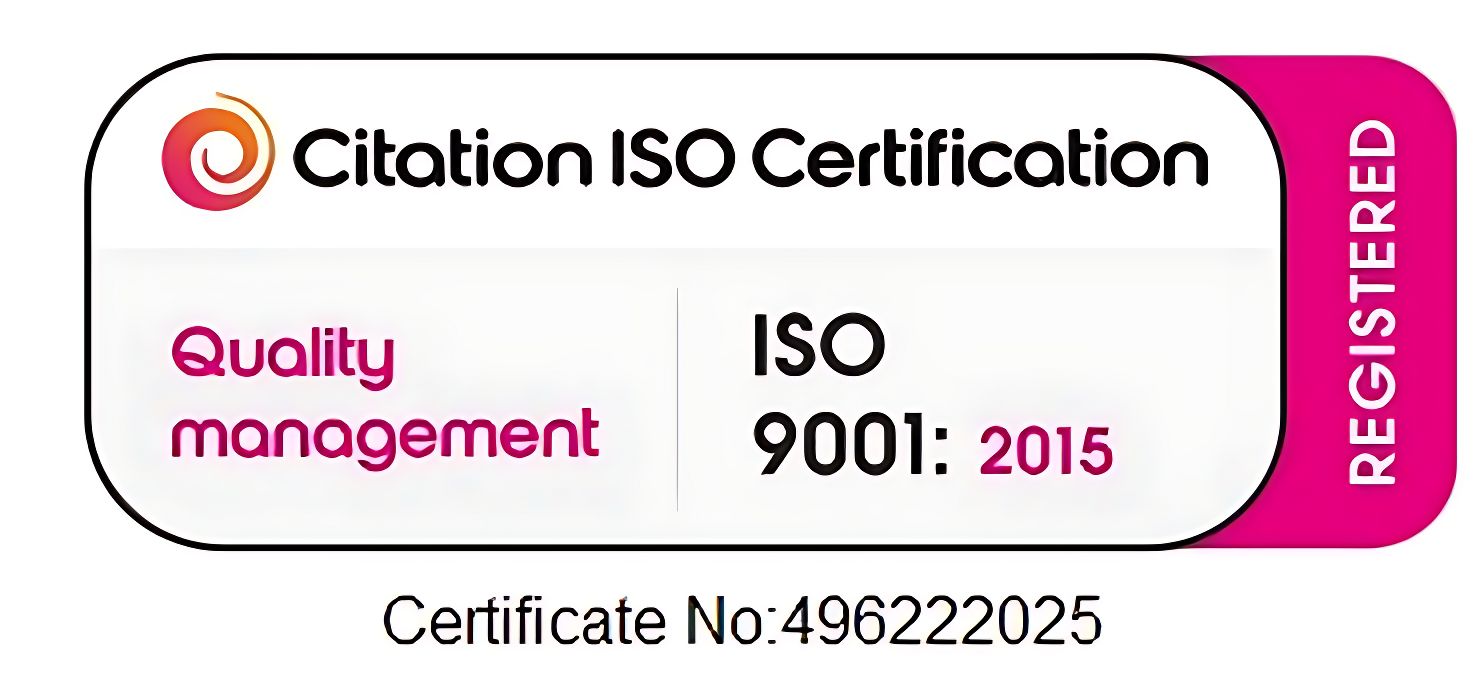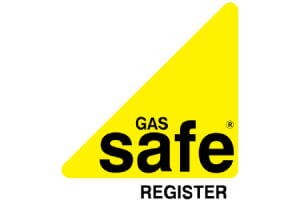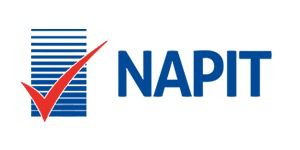
In 2025, acquiring an Energy Performance Certificate (EPC) will have different repercussions in terms of financial costs for property owners. The costs of engaging a qualified assessor, reports, potential upgrades, and even compliant modifications will culminate in significant figures. Understanding these costs aids in effective budgeting. The complexity of the certifying process, alongside the determinants of cost, is a key part of what the PEnergy Performance Certificate 2025 framework seeks to clarify. This analysis helps highlight what ought to be prioritized. How can, in turn, compliance and efficiency be achieved?
Key Takeaways
- EPC costs in London vary by property size, often ranging from £200–£600, but we offer certified assessments starting from just £57.
- Additional charges for generating the EPC report typically range from £50 to £150 and are a necessary part of securing the certificate.
- Property size, geographic location, and assessor qualifications significantly influence overall EPC costs in 2025.
- Investing in energy efficiency upgrades can lower EPC acquisition costs and improve property market value.
- Ongoing maintenance and compliance expenses are crucial to sustain EPC ratings and avoid potential fines.
Understanding Energy Performance Certificates: What You Need to Know
Although many property owners may be familiar with the concept of Energy Performance Certificates (EPCs), understanding their significance and the requirements they entail is essential for compliance and achieving energy efficiency.
An EPC serves as an indicator of a property’s energy efficiency, providing a rating from A (most efficient) to G (least efficient). This assessment impacts not only the environmental footprint but also the financial viability of a property, influencing marketability and rental potential.
Property owners are required to obtain an Energy Performance Certificate (EPC) when selling or leasing their property, ensuring transparency regarding energy consumption. Furthermore, the certificate outlines recommended improvements, facilitating informed decisions for enhancing energy efficiency.
Mastery of EPCs enables property owners to navigate regulatory landscapes effectively while maximizing both economic and ecological benefits.
The Certification Process: Steps and Associated Costs
Maneuvering the certification process for an Energy Performance Certificate (EPC) involves several clear steps, each associated with specific costs.
Initially, property owners must hire a qualified assessor to conduct an energy audit, which typically ranges from £200 to £600, depending on the property’s size and complexity.

Following the audit, the assessor compiles a report detailing energy efficiency and recommendations for improvements. While many providers charge an extra £50 to £150 for this report, we include it in our EPC service at no additional cost.
After completing any necessary enhancements, the final EPC can be obtained.
Owners need to budget for these cumulative costs to guarantee compliance while optimizing energy performance in their properties.
Factors Influencing EPC Costs in 2025
As property owners prepare to obtain Energy Performance Certificates (EPCs) in 2025, several key factors influence the associated costs.
Primarily, the size and type of the property markedly impact the pricing, as larger or more complex structures require more extensive assessments.
The size and type of a property significantly influence EPC pricing, with larger structures demanding more thorough evaluations.
Geographic location also plays an essential role; urban areas may incur higher fees due to demand and service availability.
Additionally, the qualifications and experience of the assessor can vary, contributing to price disparities.
Regulatory changes and the evolving standards for energy efficiency are other factors that may lead to increased costs.
Moreover, the urgency of obtaining the certificate may necessitate expedited services, further affecting the final expense.
Understanding these elements is critical for effective financial planning.
Upgrades and Improvements: Investing in Energy Efficiency
Investing in energy efficiency upgrades can greatly impact the costs associated with obtaining an Energy Performance Certificate (EPC). Enhancements such as improved insulation, high-efficiency heating systems, and advanced windows can lead to significant reductions in energy consumption.
These investments not only elevate the EPC rating of a property but also enhance its market value and attractiveness to potential buyers or tenants. Moreover, proactive upgrades can mitigate future compliance costs associated with potential legislative changes targeting energy efficiency.
By prioritizing energy-efficient improvements, property owners position themselves favorably within the evolving real estate landscape, aligning with sustainability goals while reaping financial benefits.
Ultimately, such strategic investments contribute to a more resilient and cost-effective energy future.
Ongoing Maintenance and Compliance Expenses
While upgrading a property’s energy efficiency can enhance its EPC rating, ongoing maintenance and compliance expenses are vital for sustaining these improvements.
Property owners must allocate resources for regular inspections, necessary repairs, and updates to energy systems to guarantee continued compliance with evolving regulations. These expenditures can encompass routine servicing of heating systems, insulation checks, and the replacement of inefficient appliances.
In addition, adherence to local legislation may necessitate additional financial commitments, such as energy audits or certification renewals. Non-compliance can result in substantial fines and diminish the property’s value.
Consequently, a strategic approach to budgeting for these ongoing expenses is essential, guaranteeing that the property remains not only compliant but also competitive in the market.
Regional Variations in EPC Pricing
How do regional differences impact the cost of Energy Performance Certificates (EPCs)?
Variations in EPC pricing are greatly influenced by geographical factors, including local market conditions, demand for certification services, and the availability of qualified assessors. Urban areas often exhibit higher costs due to increased competition and a greater concentration of properties requiring assessments.
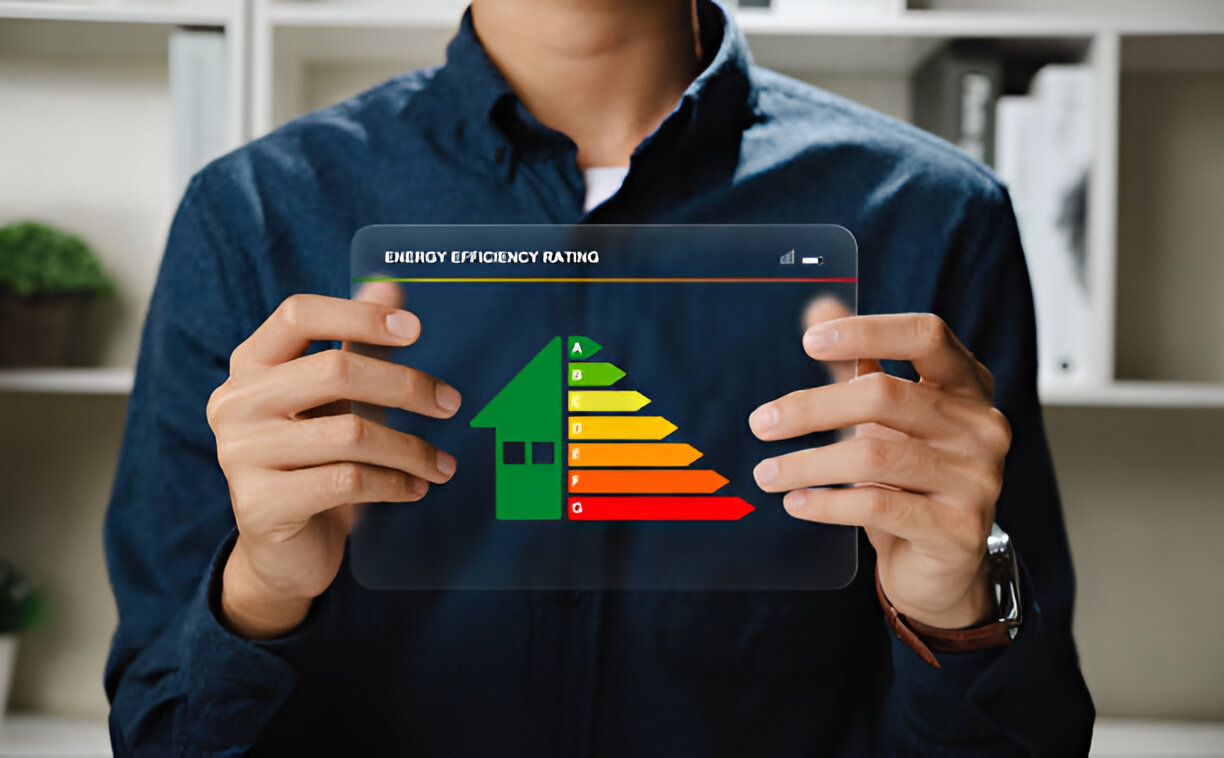
Conversely, rural regions may benefit from lower prices, although limited assessor availability can sometimes negate these savings.
Additionally, regional regulations and incentives can further shape pricing structures, with some areas offering subsidies that reduce the financial burden on property owners.
Ultimately, understanding these regional nuances is essential for stakeholders aiming to navigate the complexities of EPC procurement effectively.
Preparing for Future Regulations: What Property Owners Should Consider
As property owners anticipate future regulations regarding Energy Performance Certificates (EPCs), it becomes essential to proactively assess potential compliance requirements and their implications.
A strategic approach can mitigate risks and enhance property value. Key considerations include:
- Investment in Energy Efficiency: Upgrading insulation, heating systems, and renewable energy sources to improve EPC ratings.
- Understanding Regulatory Changes: Staying informed about evolving legislation and standards that may impact property value and marketability.
- Cost-Benefit Analysis: Evaluating the financial implications of compliance versus potential penalties for non-compliance.
- Engaging Professionals: Consulting with energy assessors and legal experts to guarantee adherence to regulations and optimize property performance.
Through careful planning, property owners can navigate the complexities of future EPC regulations effectively.
Conclusion
In summary, guiding through the costs associated with obtaining an Energy Performance Certificate in 2025 requires careful planning and consideration. Property owners must account for assessor fees, necessary upgrades, and ongoing compliance expenses, all of which can vary greatly based on individual circumstances. By understanding the certification process and regional pricing differences, property owners can better prepare for future regulations and make informed decisions that enhance energy efficiency while managing financial implications effectively.
About the Author: LandlordCertificate
Related Posts
Get Social
Recent Posts
- Fire Risk Assessment Review as a Driver of Stronger Safety Control
- Comprehensive EICR London Services for Every Property
- System Planning for Large Buildings with Fire Alarm Installation
- Fire Service Fire Risk Assessment for Stronger Safety Management
- Electrical Risk Clarity Improved Through an EICR Report




